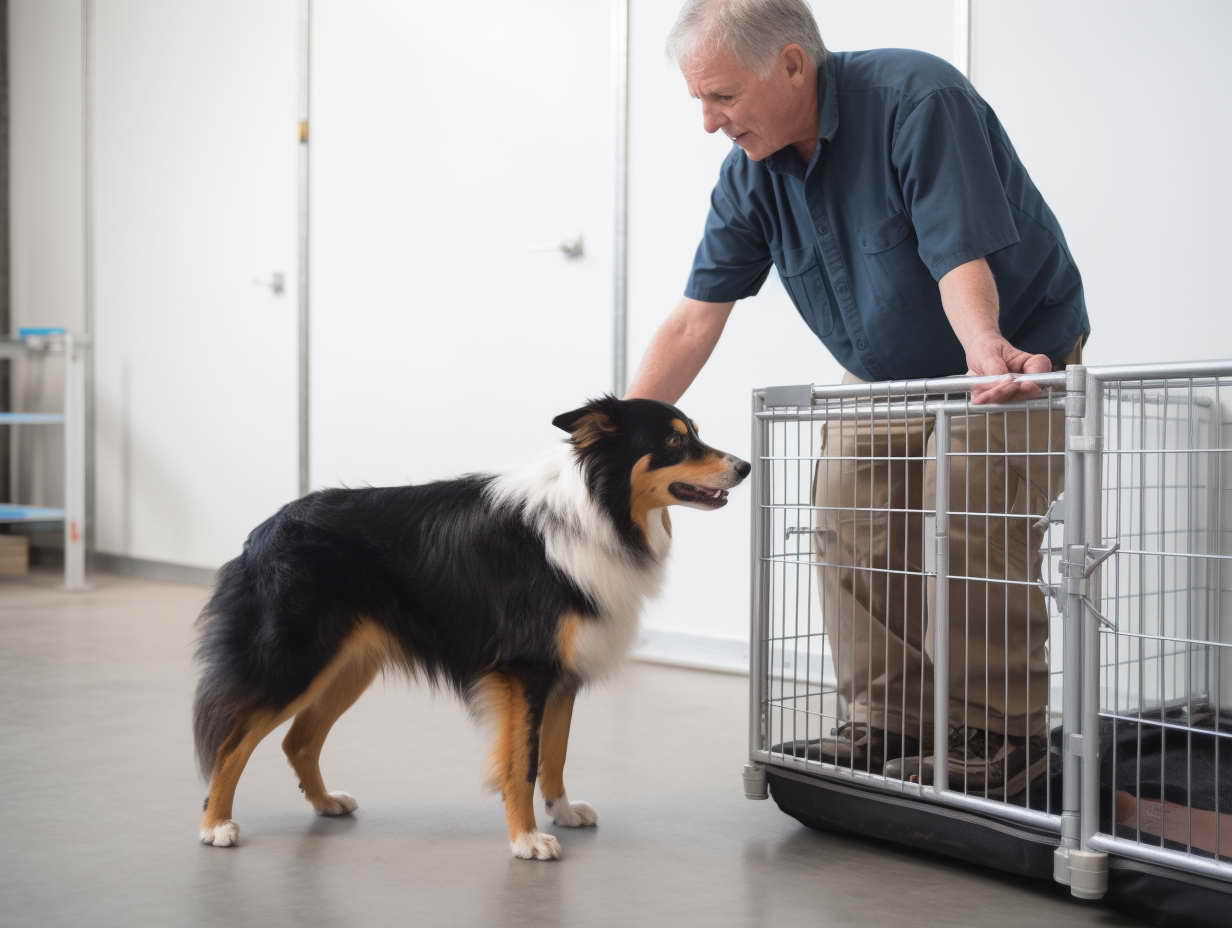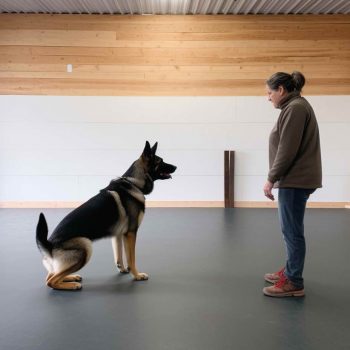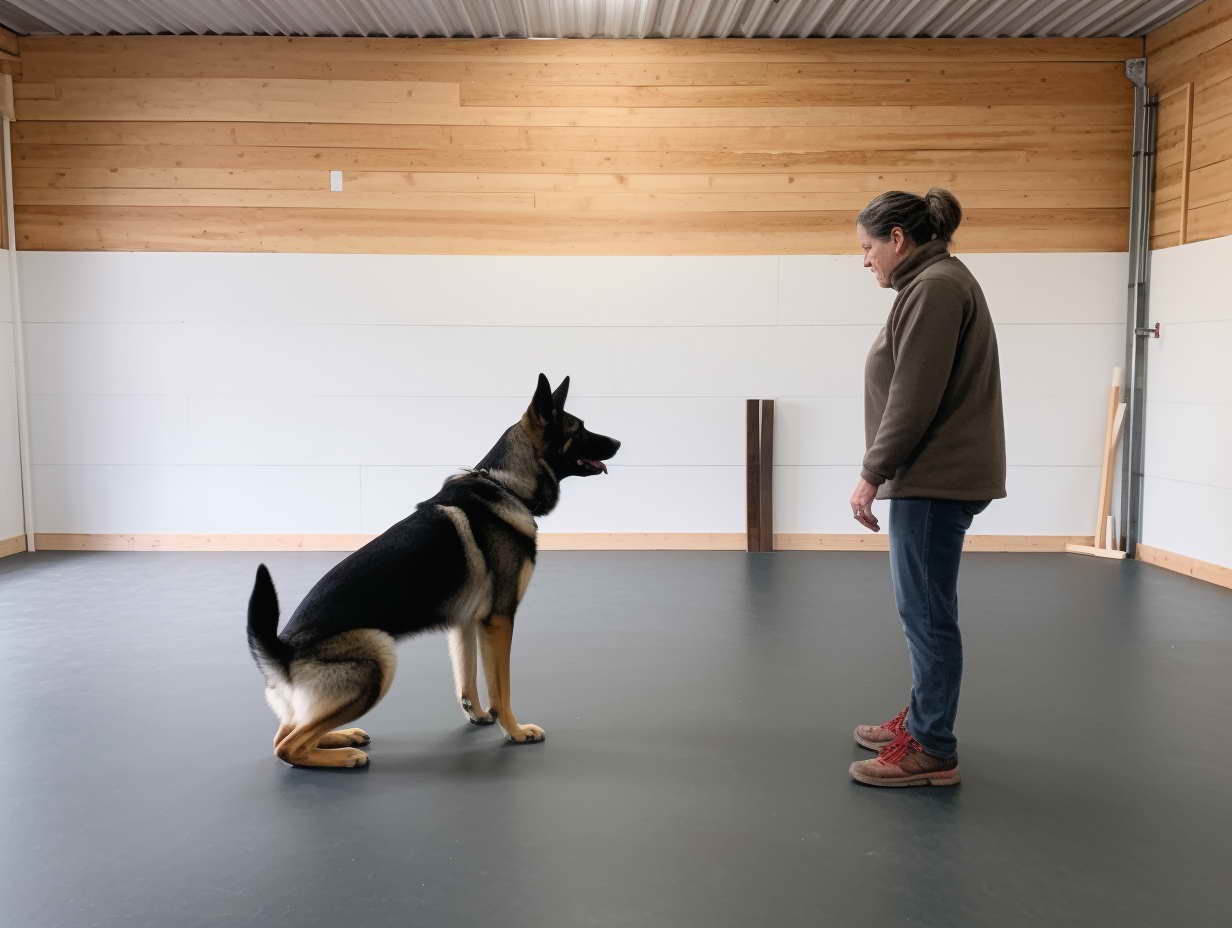Dog Training For Older Dogs Costs
As our beloved canine companions age, they may require special attention and care to maintain their quality of life. One crucial aspect of this care is dog training, which helps older dogs adapt to their changing bodies and circumstances. However, it’s essential to understand the costs associated with dog training for older dogs to ensure that you’re making informed decisions for your furry friend’s well-being.
Factors Influencing Dog Training Costs
When it comes to dog training for older dogs, several factors come into play that influence the overall cost of the training program. Understanding these factors can help you make an informed decision about the type of training your furry companion needs and the budget you should allocate. Let’s delve deeper into these factors:
1. Age and Health Condition
The age and health condition of your older dog are pivotal determinants of the training costs. Dogs that are advancing in age might have specific needs due to joint issues, reduced mobility, or potential medical conditions. Trainers may need to adapt their methods to accommodate these physical changes, which could involve extra time and effort. As a result, training for older dogs with health concerns may incur higher costs to ensure their comfort and safety throughout the process.
2. Type of Training
The nature of the training you choose significantly impacts the costs involved. Basic obedience training, which focuses on essential commands like sit, stay, and come, tends to be less expensive since it involves standard training techniques. On the other hand, more advanced training, such as behavioral modification or specialized assistance training, demands a higher level of expertise from trainers. These methods often require tailored approaches to address specific challenges, thus contributing to increased training costs.
3. Training Duration
The duration of the training program plays a crucial role in determining the costs. Some older dogs might be quick learners and grasp commands relatively fast, while others could take more time to absorb and respond to training cues. Longer training periods require trainers to commit additional resources, including time and effort. As a result, extended training sessions, tailored to your older dog’s learning pace, may lead to higher costs.
4. Private vs. Group Training
Choosing between private one-on-one training sessions and group training classes also affects the overall costs. Private training offers a personalized experience, where the trainer focuses solely on your dog’s individual needs and challenges. This level of attention often comes at a higher price point. In contrast, group training classes bring together multiple dogs and owners, providing a socialization aspect alongside training. While group training is generally more budget-friendly, older dogs with specific requirements might benefit more from the customized attention of private sessions.
5. Location and Trainer Expertise
The geographical location in which you reside can influence the cost of dog training for older dogs. Areas with a higher cost of living might have more expensive training services. Additionally, the expertise of the trainer also plays a role. Experienced and highly skilled trainers who specialize in working with older dogs might command higher fees due to their in-depth knowledge and success rates.
The Benefits of Training for Older Dogs
1. Enhanced Quality of Life
Training for older dogs can improve their quality of life by keeping them mentally and physically active. Engaging in training exercises can help prevent cognitive decline and boost overall well-being.
2. Improved Safety
Older dogs may face challenges like impaired vision or hearing. Training can teach them to navigate their surroundings more safely, reducing the risk of accidents or injuries.
3. Socialization
Group training classes offer older dogs the opportunity to interact with other dogs and people, promoting socialization and preventing feelings of isolation.
4. Better Communication
Training enhances the bond between older dogs and their owners. Clear communication through commands makes it easier to manage their behaviors and address any issues that may arise.
Cost Considerations and Budgeting
When embarking on the journey of dog training for older dogs, it’s essential to consider the financial aspects to ensure a well-rounded and successful training experience. The cost of training can vary widely based on several factors, so careful budgeting and planning are crucial. Let’s explore the key considerations when it comes to cost and budgeting for your older dog’s training:
1. Research and Quotes
Before enrolling your older dog in a training program, it’s advisable to conduct thorough research and obtain quotes from various trainers in your area. This will give you a clear understanding of the price range for different types of training. Basic obedience training, which includes commands like sit, stay, and come, typically falls within the range of $50 to $150 per session. Specialized training, such as behavior modification or assistance training, may range from $200 to $600 or more per session, depending on the complexity of the training required.
2. Quality Over Cost
While cost is an important factor, it’s essential to prioritize the quality of the training your older dog will receive. Cheaper options may not always provide the expertise and personalized attention required for effective training. Investing in a reputable and experienced trainer can yield better results and contribute to a more successful training journey.
3. Consider the Training Duration
The duration of the training program can impact the overall cost. Longer training sessions or programs that span several weeks or months will naturally come with a higher price tag. It’s essential to factor in the duration and frequency of the training sessions when planning your budget.
4. Location Matters
The location in which you reside also influences the cost of dog training for older dogs. Urban areas with a higher cost of living generally have higher training fees. It’s advisable to research the average training costs in your specific location to get a better understanding of what to expect.
5. Additional Costs
In addition to the training fees, consider any additional costs that might arise. This could include the purchase of training equipment, such as collars, leashes, and treats, which are often integral to the training process. Some trainers may include these items in their fees, so be sure to clarify what’s covered when obtaining quotes.
6. Long-Term Benefits
While the upfront cost of training might seem significant, it’s essential to view it as an investment in your older dog’s well-being. Proper training can enhance your dog’s quality of life, improve its behavior, and strengthen the bond between you and your furry friend. The long-term benefits can far outweigh the initial expenses.
7. Budgeting Wisely
When budgeting for dog training, consider your financial situation and allocate a reasonable amount for training expenses. It’s also a good idea to have some flexibility in your budget to accommodate unexpected costs or the need for additional training sessions.

Conclusion
Investing in dog training for older dogs is an investment in their happiness and well-being. The costs associated with training vary based on factors like age, health condition, training type, and duration. By understanding these factors and their benefits, you can make an informed decision that ensures your older dog receives the care and attention they deserve.
FAQs
How much does dog training for older dogs cost on average?
The cost of dog training for older dogs can vary widely depending on factors such as location, type of training, and the dog’s individual needs. On average, basic training can cost between $50 to $150 per session, while specialized training might range from $200 to $600 or more.
Are there any free or low-cost training options available for older dogs?
Yes, some animal shelters and community centers offer low-cost or even free training classes for older dogs. These programs often focus on basic obedience and socialization skills.
Is training an older dog more challenging than training a puppy?
Training older dogs comes with its own set of challenges, such as potential health issues and ingrained behaviors. However, with patience and the right approach, older dogs can still learn and adapt effectively.
How can I determine if my older dog needs specialized training?
If your older dog struggles with specific behaviors or has difficulty adapting to their surroundings, specialized training might be beneficial. Consult with a professional trainer to assess your dog’s needs.
Can I train my older dog at home, or is professional training necessary?
While some basic training can be done at home with proper guidance, professional trainers bring expertise and experience to address complex issues effectively. It’s recommended to seek professional training for the best results.


Leave a Reply